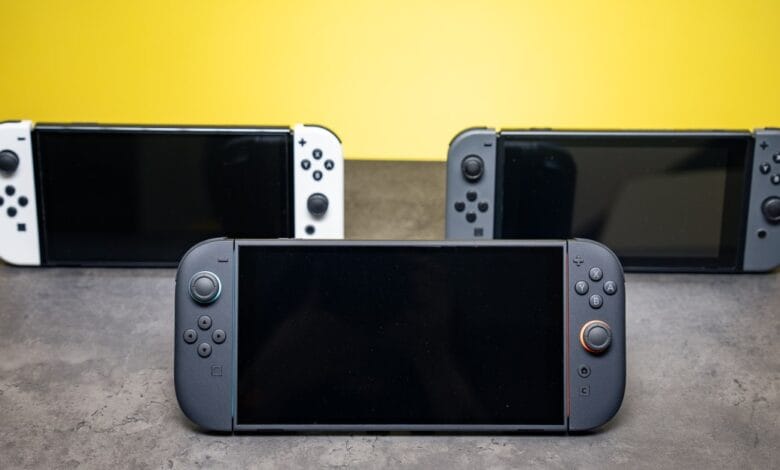Why Nintendo Kept the Switch 2 Price the Same (For Now)

▼ Summary
– Nintendo is raising prices on most hardware in the US, including original Switch models and accessories, ahead of upcoming Trump administration tariffs in August.
– The Switch 2 remains unaffected by price hikes, with Nintendo prioritizing its successful launch over immediate cost recovery.
– Price increases for older products (like the original Switch) are a safer way to offset tariff impacts without risking the Switch 2’s momentum.
– Nintendo’s strategy reflects its fiscally conservative approach, balancing risks by avoiding disruptive changes to key products like the Switch 2.
– The company may adjust prices further in the future but aims to minimize any negative impact on the Switch 2’s success.
Nintendo has chosen to keep the Switch 2’s price stable despite upcoming tariff increases, opting instead to raise costs on older hardware and accessories. This strategic decision reflects the company’s cautious approach to protecting its newest console’s momentum while managing financial pressures. While the original Switch, peripherals, and even niche products like the Alarmo clock face price hikes, the Switch 2 remains untouched, at least for now.
The adjustments, set to take effect in early August, follow similar moves in Canada and stem from impending U.S. tariffs on imports. Though Nintendo hasn’t confirmed exact figures, leaked retail listings suggest increases of $30 to $50 across various Switch models. The company attributes these changes to “market conditions,” a clear nod to the economic impact of trade policies. Notably, games, online subscriptions, and the Switch 2 remain unaffected, signaling Nintendo’s focus on maintaining the new console’s accessibility during its critical launch phase.
Why spare the Switch 2? The answer lies in timing and long-term strategy. With 6 million units sold since June, the console is off to a strong start, and altering its price so soon could alienate early adopters. Nintendo understands that first impressions matter, especially when establishing a loyal user base. By absorbing the added costs, including a 20% tariff on Vietnamese-manufactured units, the company prioritizes stability over short-term gains.
Meanwhile, older products like the original Switch and accessories no longer carry the same weight in Nintendo’s revenue stream. Though still relevant, their sales aren’t pivotal to the company’s current success. This makes them low-risk candidates for price adjustments, allowing Nintendo to offset tariff-related losses without jeopardizing the Switch 2’s trajectory.
This isn’t the first time Nintendo has played it safe. From partnering with established brands like Illumination for films to collaborating with Universal for theme parks, the company consistently minimizes risk while expanding its reach. Even the Switch 2 itself builds on its predecessor’s winning formula rather than reinventing the wheel.
The latest pricing strategy may also serve as a test. By observing consumer reactions to hikes on older products, Nintendo could gauge whether broader adjustments are feasible down the line. For now, the company insists that future price changes aren’t off the table, but any moves will likely prioritize the Switch 2’s continued success. In typical Nintendo fashion, caution comes first, even in turbulent times.
(Source: The Verge)





